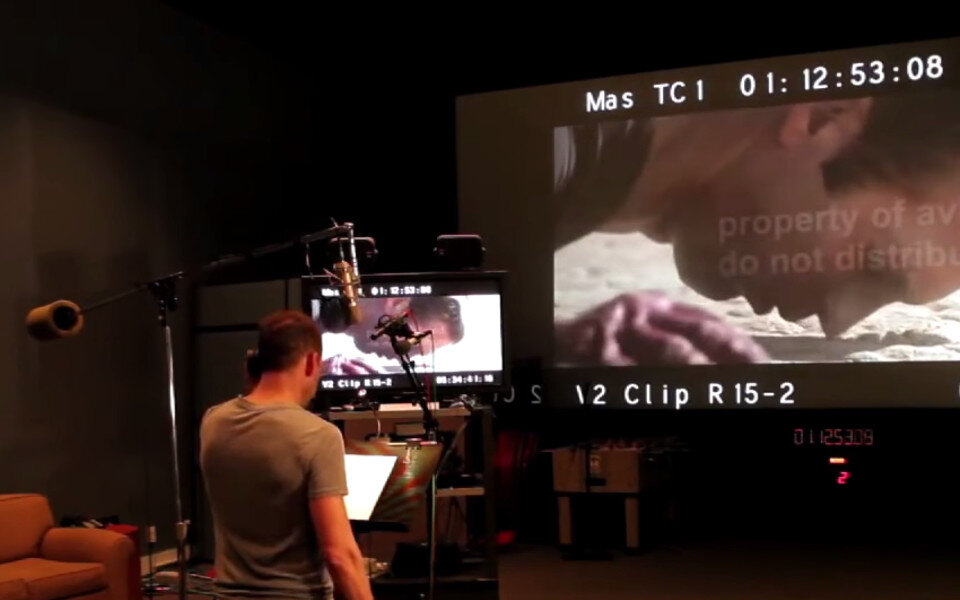
The Art of ADR: Crafting Seamless Audio in Film
Introduction:
In the intricate world of filmmaking, achieving pristine audio quality is as crucial as capturing compelling visuals. ADR, or Automated Dialogue Replacement, stands as a vital process in post-production that ensures crystal-clear and synchronized dialogue. In this blog post, we’ll delve into the nuances of the ADR process, exploring its significance, techniques, and the artistry involved in seamlessly blending dialogue with on-screen performances.
Defining ADR:
- Automated Dialogue Replacement is a post-production technique where actors re-record dialogue in a studio setting to replace or enhance original on-set recordings. ADR is employed to address issues such as background noise, imperfect audio capture, or to modify performances for creative reasons.
Why ADR Matters:
- ADR plays a pivotal role in elevating the overall audio quality of a film. It ensures that dialogue is clear, intelligible, and free from distracting background noise. A well-executed ADR process contributes to a polished and immersive cinematic experience.
Identifying ADR Scenarios:
- Several scenarios may necessitate ADR, including:
- Noisy On-Set Recordings: Scenes captured in challenging acoustic environments or with excessive background noise may require ADR to achieve clarity.
- Performance Enhancement: Filmmakers may opt for ADR to refine performances, address inconsistencies, or make creative adjustments to dialogue delivery.
- Technical Limitations: Technical issues during on-set recording, such as mic malfunctions or unexpected ambient sounds, may prompt the need for ADR.
The ADR Process:
- The ADR process involves several key steps:
- Script Analysis: Actors and directors review the script to identify lines or scenes that require ADR. This analysis guides the recording session.
- Studio Recording: Actors re-record their dialogue in a controlled studio environment. The goal is to match lip-sync and capture performances that seamlessly integrate with the original on-screen actions.
- Matching Timing and Intonation: ADR artists meticulously match the timing, intonation, and emotional nuances of the original performance to ensure a seamless blend with the on-set dialogue.
- Technical Precision: Engineers employ specialized software and equipment to synchronize ADR recordings with the visual edit, ensuring precise lip-sync and a natural flow.
The Artistry of ADR:
- ADR is not merely a technical process; it involves a delicate balance of artistry and technical precision:
- Preserving Performance Authenticity: ADR artists strive to preserve the authenticity of the original performance, capturing the nuances of actors’ delivery while addressing technical challenges.
- Emotional Consistency: Maintaining emotional consistency is paramount. ADR should seamlessly integrate with the overall emotional tone of the scene.
- Creative Collaboration: Actors, directors, and ADR engineers collaborate to achieve a cohesive and artistically satisfying result. Communication and understanding of the director’s vision are crucial.
Challenges and Solutions:
- ADR presents challenges, including the potential for performances to sound ‘looped’ or detached. Skilled ADR professionals employ techniques like loop group recording, where multiple actors recreate ambient sounds, to enhance realism.
ADR in Different Genres:
- The application of ADR varies across film genres. In action films, ADR may be used extensively for safety reasons during intense stunts. In dramas, it may focus on refining emotional nuances in quieter moments.
Future Trends and Technologies:
- Advancements in technology continue to shape the ADR landscape. Virtual ADR, using AI and machine learning, is emerging as a tool to streamline the process and enhance efficiency.
Final Mix and Integration:
- Once ADR is complete, the final mix involves integrating ADR recordings with other audio elements, including music and sound effects, to create a balanced and immersive soundtrack.
Conclusion: The Seamless Symphony:
- ADR stands as a testament to the meticulous craftsmanship involved in filmmaking. It transforms potentially imperfect audio into a seamless symphony that enhances the overall viewing experience. As filmmakers continue to embrace ADR as both an art and a science, the world of cinema resonates with clearer, more compelling voices that captivate audiences worldwide.





